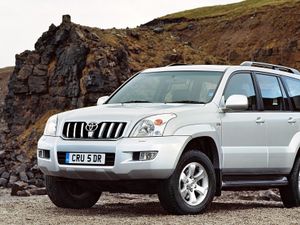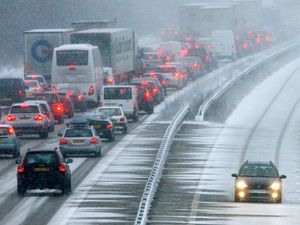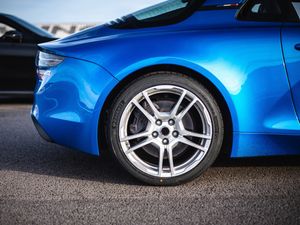How does traction control work?
Traction control is a key part of a modern car’s safety systems, but what is it and how does it work?
Traction control is a system that helps to keep cars safer. It’s fitted to nearly all modern vehicles and has gone on to become a key part of a car’s suite of safety systems. It has helped to avoid crashes and incidents while making driving in poor conditions that little bit more secure.
But despite being fitted to most cars, traction control is a function that can seem a little complicated to understand. So how does it work and what is it for? Let’s find out.
What does traction control actually do?
Essentially, traction control is a system that controls the amount that a car’s wheels can slip. Because a slipping wheel isn’t gripping, it could lead to a car losing control and result in an accident – particularly when the weather is bad. By limiting the amount of slip, the systems allow the car to be kept in control.

In a front-wheel-drive car that means it’ll control the slip of the front wheels when under acceleration, while it helps rear-wheel-drive cars from sliding out too.
How does it actually work?
A traction control system works by using sensors on each wheel. They’ll monitor a wheel and be able to detect which one is spinning. Then, the system will reduce the amount of power being sent to this wheel, therefore reducing the slip. In more advanced systems – like Electronic Stability Control – it can also apply the brake on this wheel to help slow it down. Then, the remaining power can be moved to the wheels with grip, therefore helping the car to carry on going.
How will I know if the traction control system activates?
A traction control system works incredibly quickly so that often you might not know when it’s working. However, you might notice the traction control light flickering on the dash – it most commonly looks like a car with squiggly lines behind it – accompanied by a small loss of power.

It’s not enough to disrupt you going forward, but more like the engine has been temporarily switched off.
Do I need to do anything?
Usually not. The system activates because it has detected a loss in traction and will, as we’ve mentioned, operate in the blink of an eye. It’s been designed to keep drivers safer, after all, so there’s nothing you need to do. However, it might be coming on because the road surface is slippery, so it’s worth taking extra caution as you progress.
What if my traction control light is permanently on?
If your traction control light is permanently lit, it could be for a number of reasons. Firstly, you might’ve turned the traction control off accidentally, which will cause the light to illuminate.

Secondly, there might be an issue with the traction control system which needs addressing. If you have any concerns, take your car to a trained mechanic to have it checked out with diagnostic equipment.
If the light is flashing frequently, it might be that your tyres need replacing as they’re struggling to grip. Get them checked out.
When would I need to switch off the traction control?
Under normal driving conditions, we’d never advise turning the traction control off. Your car is at its safest with it switched on, so it’s best to keep it that way. However, in instances when you’re driving on loose or extremely slippery conditions – like gravel or snow – then switching traction control on can help you to move. After all, the system cuts the power if it detects slipping wheels, so if you’re driving through snow it’ll cause you to get a bit bogged down. That said, newer four-wheel-drives with bespoke and complex traction control systems are more capable over tricky terrain with the systems switched on.





